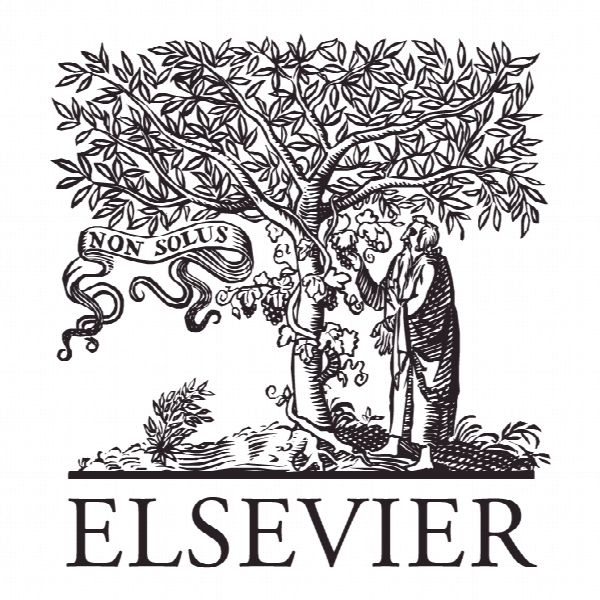ارزیابی حسابرسان خارجی از عملکرد حسابرسان داخلی: یک تحقیق تجربی External auditors’ evaluation of the internal audit function: An empirical investigation
- نوع فایل : کتاب
- زبان : انگلیسی
- ناشر : Elsevier
- چاپ و سال / کشور: 2018
توضیحات
رشته های مرتبط حسابداری
گرایش های مرتبط حسابرسی
مجله بین المللی سیستم های اطلاعات حسابداری – International Journal of Accounting Information Systems
دانشگاه Nova Southeastern University – College Avenue – United States
منتشر شده در نشریه الزویر
کلمات کلیدی انگلیسی Internal audit function, Reliance on work of the internal auditor, Belief functions
گرایش های مرتبط حسابرسی
مجله بین المللی سیستم های اطلاعات حسابداری – International Journal of Accounting Information Systems
دانشگاه Nova Southeastern University – College Avenue – United States
منتشر شده در نشریه الزویر
کلمات کلیدی انگلیسی Internal audit function, Reliance on work of the internal auditor, Belief functions
Description
1. Introduction Evaluation of the strength of the internal audit function (IAF) has taken on increased significance due to stronger regulation around the evaluation of internal controls after SOX (2002) (Desai et al., 2011). When the IAF is strong, external auditors may choose to rely on their work (Public Company Accounting Oversight Board, PCAOB, 2007; International Federation of Accountants, IFAC, 2012). Recently, the literature has highlighted the need for more research on the degree of reliance the external auditor places on the work of the internal auditor (Messier et al., 2011; Weisner and Sutton, 2015). In addition, results of practice inspection reports of the Public Company Accounting Oversight Board (PCAOB) indicate external auditors often rely either too much or too little on the work of the internal auditor (Public Company Accounting Oversight Board, PCAOB, 2009). Understanding the structure of the external auditor’s strength judgment is a crucial first step to understanding their ultimate IAF reliance decision (Gramling et al., 2004) Bame-Aldred et al. (2012) note that results of prior studies examining how external auditors judge the strength of their clients’ IAF have been mixed and inconclusive. According to Krishnamoorthy (2002), this is likely because the interrelationships between the three internal auditor qualities that auditing standards dictate must be assessed by external auditors, i.e., work performance (W), competence (C) and objectivity (O) are complex. In addition, the way external auditors make judgments of the strength of the client’s IAF (i.e., how evidence is combined, weighted etc.) is largely unobservable. Thus, it is difficult to break apart the final strength judgment into component parts without some guidance from theory. Desai et al. (2010) develop a prescriptive model based on belief function theory [see Shafer (1976) and Srivastava and Mock (2002)] to better understand how auditors make these complex judgments. They argue that this model, due to its conceptual and intuitive appeal, is a particularly good candidate to act as the basis for an audit decision aid designed to guide auditors in forming this relatively complex, multi-input judgment.1 The objective of the current study is to examine how the Desai et al. (2010) model performs relative to the judgments of a group of external auditors experienced in evaluating the strength of their clients’ IAFs. We focus on two specific areas where we believe the strength outputs of the model may differ from the judgments of our sample of experienced external auditors. First, the model assumes that the impact of positive and negative evidence about the quality of the IAF on auditors’ judgments regarding the inter-relationships between W, C and O will be symmetric.2 Since auditors are trained to be skeptical, it is likely they will react more strongly to negative evidence than they will to positive evidence of the same magnitude (Butt and Campbell, 1989; Ashton and Ashton, 1988; Knechel and Messier, 1990). We formally test this prediction in H1. Second, the IAF strength judgment is complex and involves the evaluation and weighting of several preliminary judgments into one overall judgment. When individuals are faced with complex decisions, they tend to fall back on heuristics or simplifying decision rules (Payne et al., 1993). This can reduce the quality of decisions if individuals don’t take into account all available pieces of information. In the current context, IAF strength judgments based on convergent judgments about W, C and O (i.e., W, C and O are all judged to be high or low) are likely to be much less complex than are judgments based on conflicting evidence (i.e., some of W, C and O are judged to be high while others are low). Therefore, we predict that the judgments of our external auditor participants will be significantly different from the beliefs derived from the model when judgments about W, C and O are conflicting. We formally test this prediction in H2.


